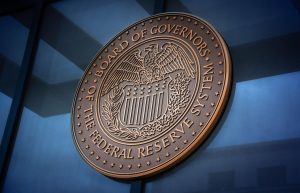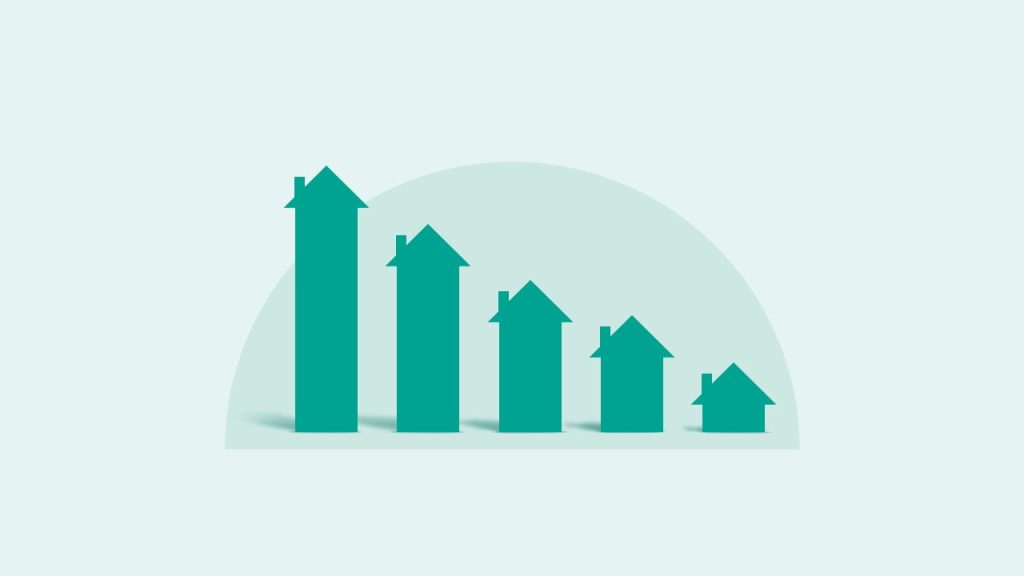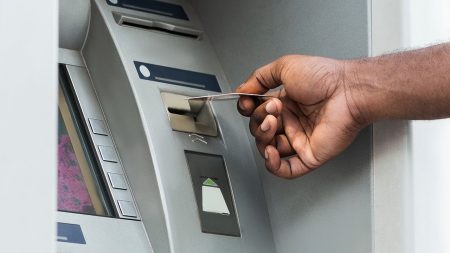Home equity products turned in a slightly mixed performance ahead of the Federal Reserve’s first monetary policy meeting of 2025. The $30,000 home equity line of credit (HELOC) was unchanged at 8.28 percent — its lowest level in a year and a half, according to Bankrate’s national survey of lenders. In contrast, the average $30,000 home equity loan rose a bit, to 8.45 percent (though it’s still a good half a percentage point lower than it was a year ago).
Housing prices and mortgage rates that remain stubbornly elevated are encouraging homeowners to stay put and remodel, rather than move. That bodes well for home equity products, whose number-one use is to finance repairs and renovations. “We project HELOC and home equity loan growth to remain steady in 2025,” says Omar Jordan, founder and CEO at Coviance, a platform that streamlines compliance processes in HELOC and home equity lending.
| Current | 4 weeks ago | One year ago | 52-week average | 52-week low | |
|---|---|---|---|---|---|
| HELOC | 8.28% | 8.43% | 9.32% | 9.00% | 8.27% |
| 15-year home equity loan | 8.53% | 8.49% | 9.01% | 8.64% | 8.37% |
| 10-year home equity loan | 8.57% | 8.56% | 9.04% | 8.69% | 8.46% |
| Note: The home equity rates in this survey assume a line or loan amount of $30,000. | |||||
What’s driving home equity rates today?
For homeowners looking to tap record amounts of home equity, the good news could well be ongoing. Bankrate Chief Financial Analyst Greg McBride, CFA, forecasts that HELOC rates will continue to decline in 2025, averaging 7.25 percent, their lowest level in three years.
Jordan agrees. “The housing shortage and President Trump’s promises to deregulate and provide financial relief to Americans will impact HELOC rates later this year,” he says. “Even more so in 2026, when Trump promotes someone into the Fed Chair seat when the current term is due to expire.”
The demand for HELOCs is being driven by two factors: lender competition — as banks and mortgage companies try to attract applicants with low-for-a-limited-time loan terms — and the Federal Reserve’s actions. The Fed cut interest rates three times in 2024 and may slash rates further this year, though it did signal at its last meeting there could be fewer cuts than expected.
“I expect the economy is still going to continue to grow at a slower, but still solid pace,” McBride says. “An environment where the economy is in good shape and homeowners have a pile of equity to draw from is also conducive to more marketing efforts and things like introductory rates. The forecast of where the HELOC rate is going to be at the end of the year encompasses not just the effects of what I expect to be three rate cuts from the Fed, but also one where we’re seeing more introductory offers and lower rates.”
What influences home equity rates?
Several factors can influence interest rates on HELOCs and new home equity loans. That includes the prime rate, which is tied to Federal Reserve monetary policy. When the Fed raises rates, borrowing costs on equity-based loans tend to go up. The opposite tends to happen when it lowers rates.
The individualized offer you receive on a particular HELOC or new home equity loan reflects an additional factor: your creditworthiness, specifically your credit score, debt-to-income ratio and the value of the home.
To be sure, the Fed’s moves influence interest rates on a variety of credit products. However, because HELOCs and home equity loans are linked to your home as collateral, those rates tend to be much less expensive — more akin to current mortgage rates — than the interest charged on credit cards or personal loans, which aren’t secured.
Home equity rates vs. rates on other types of credit
The Fed’s monetary policy influences interest rate trends overall and the rates lenders advertise. The individualized offer you receive on a particular HELOC or new home equity loan reflects an additional factor: your creditworthiness, specifically your credit score, debt-to-income ratio and the value of the home.
Read the full article here










